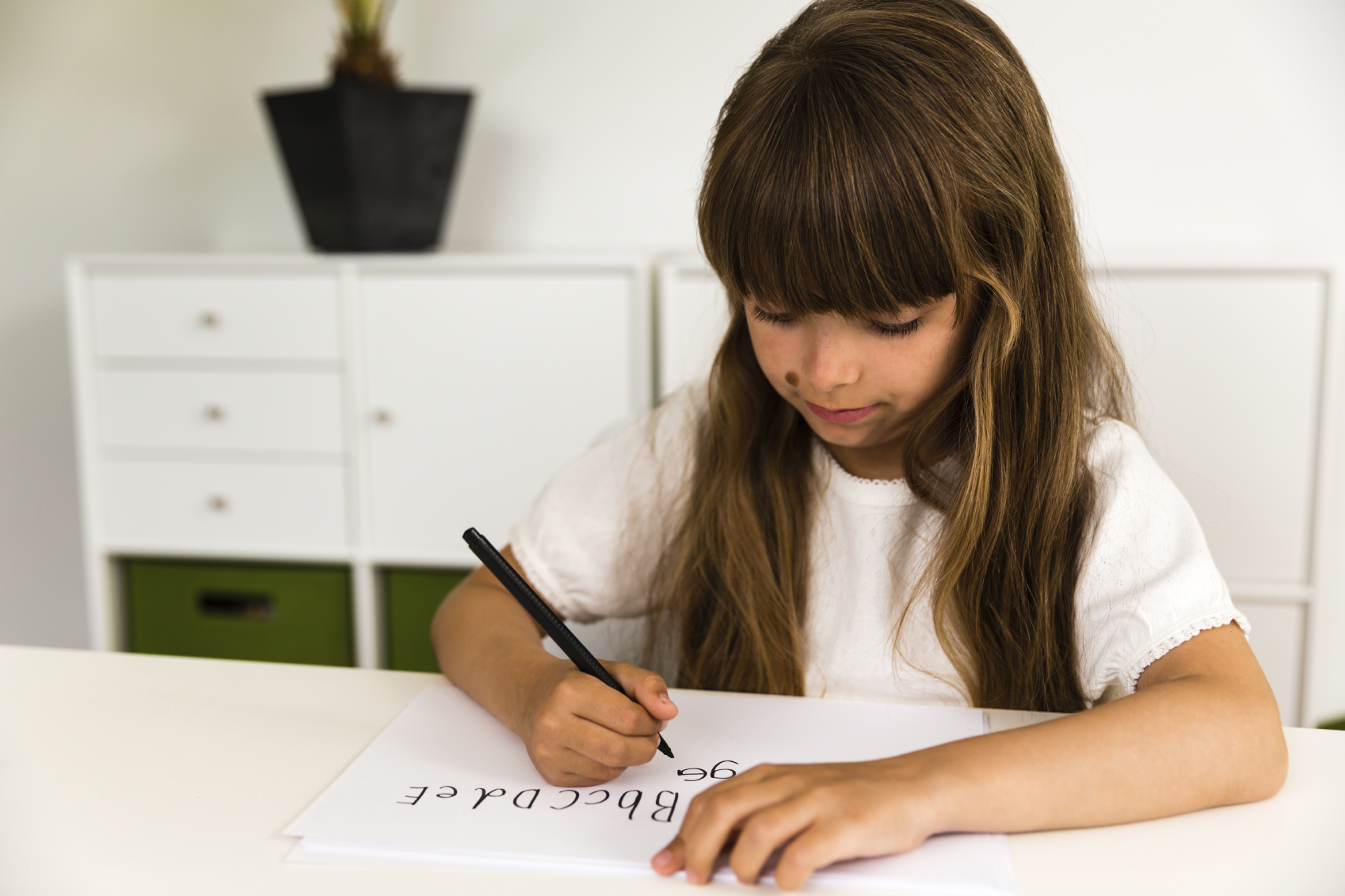
Noodle's Guide to 65 Common Special Education Acronyms
If you have a child who has a disability, or [...]
This website may earn a commission if you make a purchase after clicking on a product link in this article
*Duck… duck… goose!
Simon says touch your nose.
Simon says turn around.
Simon says jump up and down.
Now stop!
I didn’t say, ‘Simon says!’
Mother may I take two giant steps?
Yes, you may.
Mother may I take four baby steps?
No, you may not.
Red Rover, Red Rover send Johnny right over!*
The refrains from the traditional games that many of us played as children – and many of the games children play today – are not just the sounds of children playing. They are the sounds of children learning!
The skills children practice when playing these games are not only important on the playground, they can also help children get along with others and do well in school! At the heart of each of these games is a skill called: executive functioning.
Executive functioning has three components:
When the components of executive function come together in behavior, it is called self-regulation. Simply put, self-regulation is the ability to stop, think, and then make a choice before acting. Children demonstrate self-regulation when they: stop and ask for what they want rather than having a tantrum, take turns with friends while playing a game, pay attention during a story, wait in line, follow directions, and in many other ways. Research shows that children with strong self-regulation skills are better prepared for school and have stronger social and academic outcomes than their peers who struggle with these skills.
There are many factors that affect self-regulation development. These factors include the parent or caregiver and child relationship, children’s temperament and personality, age and brain maturation, exposure to models of strong self-regulation, practice, and experience! The good news is that research is showing that executive functioning and self-regulation can be practiced and improved! Here are a few tips for helping the children in your life develop self-regulation along with a list of additional resources where you can learn more.
Model self-regulation. Children learn by watching and emulating the models in their lives, including parents, caregivers, siblings, and teachers. If the parents and caregivers in a child’s life model strong self-regulation skills, children are better supported in developing their skills to do the same.
Support your child’s self-regulation development through activities and games. Several intervention programs have emerged that show children can practice and develop self-regulation through activities, songs, and games. Children learn through play and making learning fun is a terrific way to promote self-regulation at home.
To learn more about how executive function and self-regulation develop and for specific game and activity ideas, check out these resources:
Books:
Stop, Think, Act: Integrating Self-Regulation in the Early Childhood Classroom(https://www.amazon.com/Stop-Think-Act-Integrating-Self-Regulation/dp/0415745233/ref=sr_1_1?ie=UTF8&qid=1445953607&sr=8-1&keywords=stop%2C+think+act) by Megan M. McClelland and Shauna L. Tominey
Journal Articles:
McClelland, M. M. & Tominey, S. L. (2014). The development of self-regulation and executive
function in young children. Zero to Three Journal, 35(2), 2-8.
Tominey, S. L., Olsen, S. G., & McClelland, M. M. (2015). Supporting the Development of
Emotion Regulation in Young Children: The Important Role of the Parent-Child Attachment Relationship. International Journal of Birth and Parent Education.
Online resources:
Developing Young Children’s Self-Regulation Through Everyday Experiences(https://www.sd59.bc.ca/sites/default/files/2019-04/Self-Regulation_Florez_OnlineJuly2011.pdf) by Ida Rose Florez
Developing Self-Regulation in Kindergarten(https://www.researchgate.net/publication/237121551_Developing_Self-ReguIation_in_Kindergarten_Can_We_Keep_All_the_Crickets_in_the_Basket) by Elena Bodrova and Deborah J. Leong
Self-regulation: A cornerstone of early childhood development(https://journal.naeyc.org/btj/200607/Gillespie709BTJ.pdf) by Linda Groves Gillespie and Nancy L. Seibel
Sources:
Diamond, A., Barnett, W. S., Thomas, J., & Munro, S. (2007). Preschool program improves
cognitive control. Science (New York, NY), 318(5855), 1387.
McClelland, M. M., Cameron Ponitz, C., Messersmith, E., & Tominey, S. (2010). Self-
regulation: The integration of cognition and emotion. In R. Lerner (Series Ed.) & W. Overton (Vol. Ed.), Handbook of life-span development. (Vol. 1: Cognition, biology and methods, pp. 509–553). Hoboken, NJ: Wiley & Sons.
McClelland, M. M. & Tominey, S. L. (2015). Stop, Think, Act: Integrating Self-Regulation in
the Early Childhood Classroom. New York, NY: Routledge.
McClelland, M. M. & Tominey, S. L. (2014). The development of self-regulation and executive
function in young children. Zero to Three Journal, 35(2), 2-8.
Tominey, S. L. & McClelland, M. M. (2011). Red light, purple light: Findings from a
randomized trial using circle time games to improve behavioral self-regulation in preschool. Early Education and Development, 22(3), 489-519.
Winsler, A., Ducenne, L., & Koury, A. (2011). Singing one’s way to self-regulation: The role of
early music and movement curricula and private speech.Early Education and Development, 22(2), 274-304.
Questions or feedback? Email editor@noodle.com

If you have a child who has a disability, or [...]
Categorized as: Teaching, Education & Teaching